If you ever heard of Żubrówka or kwas, these are just a few examples of traditional Polish drinks.
As someone who’s been to Poland several times, I can tell you that Polish drinks are a delightful part of the country’s culture.
But you don’t necessarily need to travel to Poland to try these drinks, as they are easy to find in specialty stores or even cookbooks.
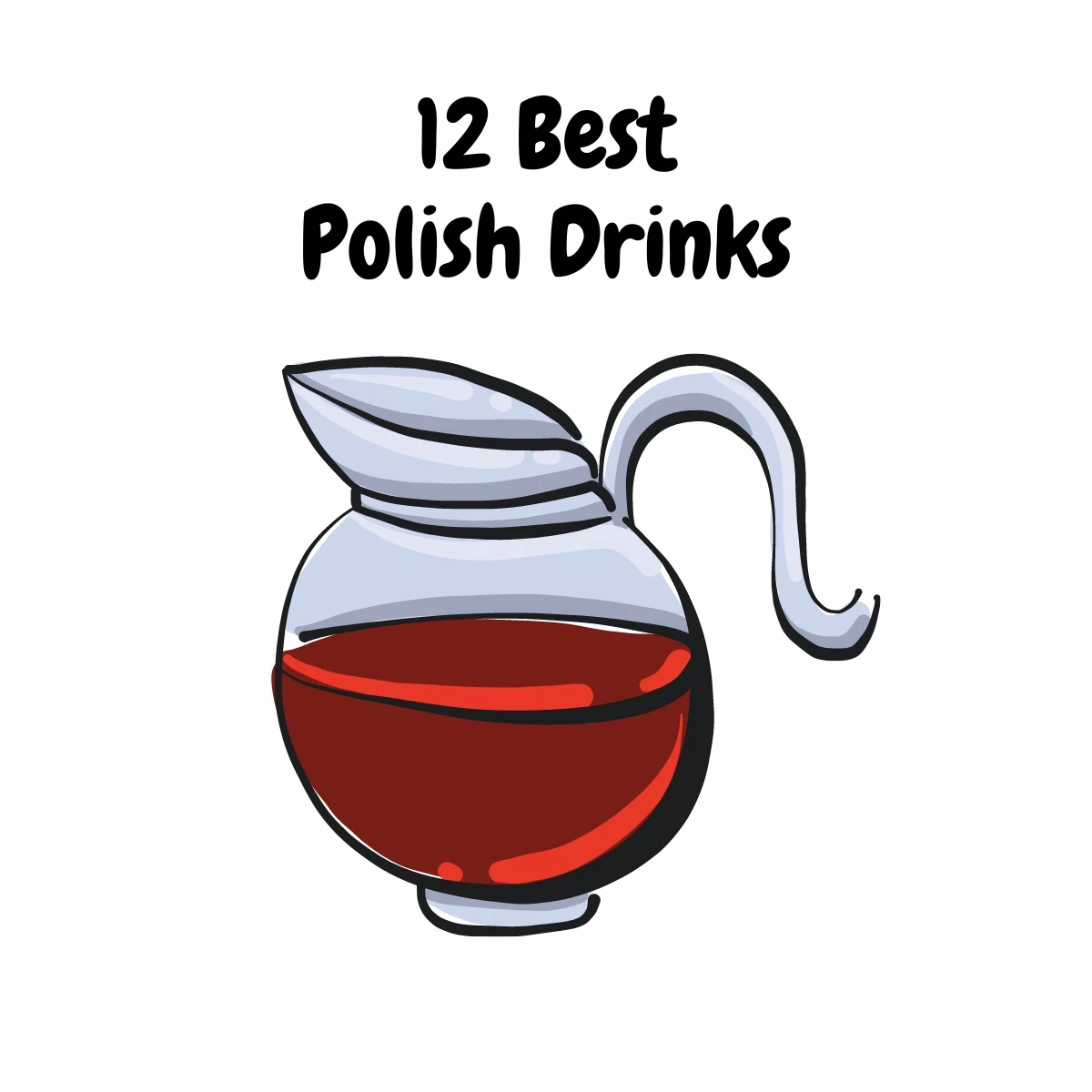
So give these Polish beverages a chance to wow you!
Authentic Polish Drinks
I’ve included both alcoholic and non-alcoholic beverages, so there’s something for everyone to enjoy.
Polish Alcoholic Drinks
Let’s start with the most famous Polish alcoholic drinks:
Żubrówka
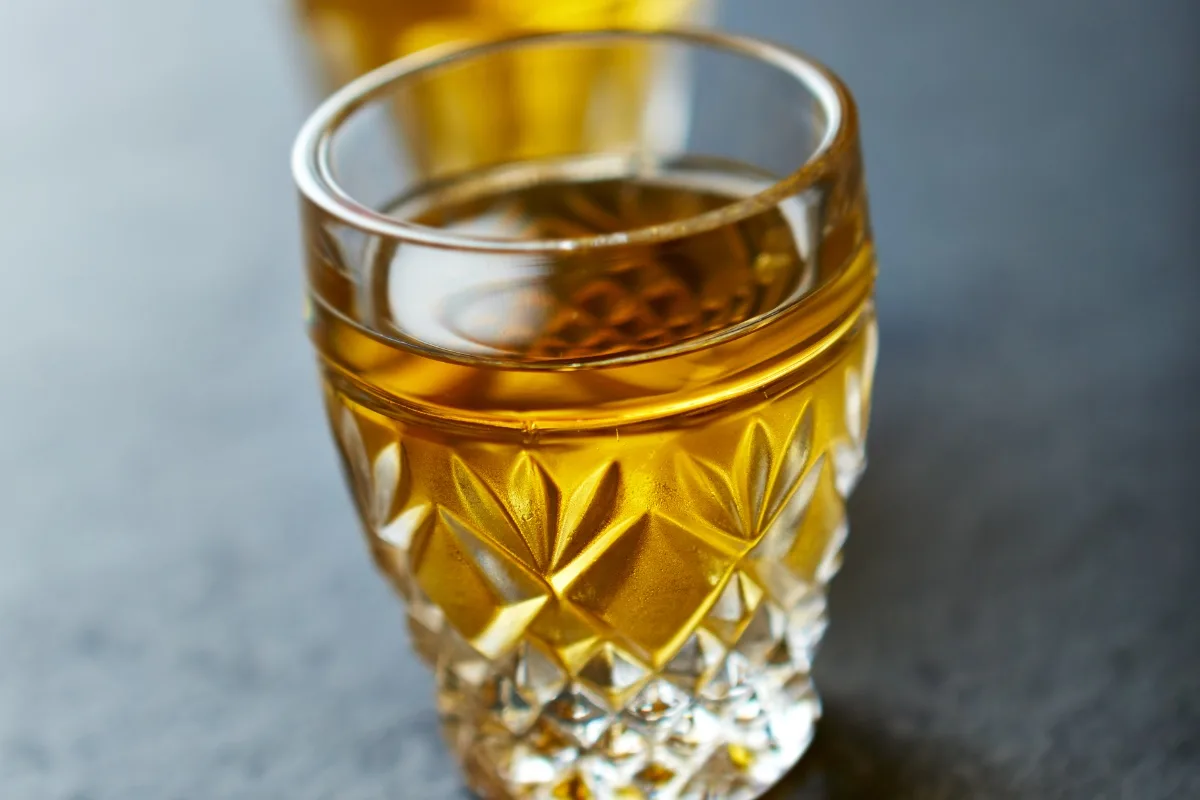
Żubrówka is a famous Polish vodka combined with fragrant Bison Grass from the Białowieża Forest for a one-of-a-kind, herbal taste. It’s often enjoyed in the traditional ‘Tatanka’ cocktail with apple juice.
Bison grass vodka is more than 500 years old and has a rich history in Poland. It gets its name from the word zubr, a European bison.
Vodka itself is too sharp for my taste, but Żubrówka has a distinct herbal note that sets it apart and makes it more enjoyable.
Nalewka

Traditional Polish liqueur or cordial known as nalewka is created by infusing a base spirit—usually vodka or neutral grain spirit—with a variety of ingredients, including fresh fruits, herbs, spices, and nuts.
Cherry, blackcurrant, and herbal flavors are popular choices.
If you read my article about popular Ukrainian alcoholic drinks, you might already know about a similar drink called nalyvka in Ukrainian.
Wisniówka

This type of liqueur known as wiśniówka has a cherry flavor and aroma. It’s industrially made by combining spirit with water, sugar, and cherry flavor, and has a relatively low alcohol concentration (about. 35%).
“Cherry Cordial” is another name for this product.
You can make homemade cherry tincture by soaking pitted cherries in vodka or spirit for a long period (about two months), after which the liquid is sweetened with syrup.
Wściekły Pies

A Polish alcoholic beverage called Wściekły pies, meaning “rabid dog” or “mad dog,” is made with 1 cl of vodka, 1 oz of raspberry or blackcurrant syrup, and a few drops of tabasco sauce.
It’s traditionally drunk in a single gulp so that the flavors mix in a fiery way.
Jabol

A type of inexpensive Polish fruit wine, known as jabol in slang, is produced by fermenting fruit. It’s often bottled with an alcohol content ranging from 8% to 18% by volume.
It is frequently produced from jabłko, the Polish word for “apple”, thus the slang name.
Miód Pitny (Mead)
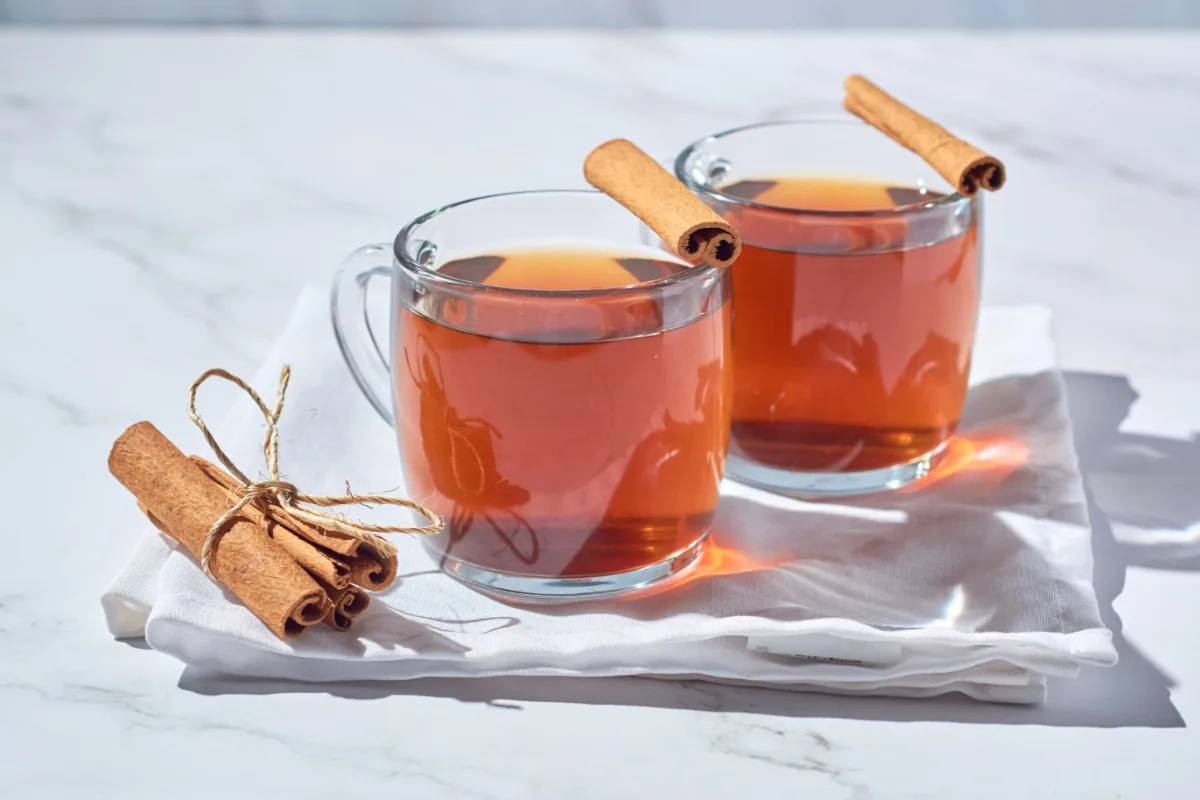
Traditionally, a combination of honey and water is fermented with alcohol to produce miód pitny, which translates to “drinkable honey” in Polish.
It has a distinct honey flavor and you can enhance it by adding fruit juices, herbs, or spices.
Piwo (Polish Beer)

Beer is a popular drink in Poland, where it’s often linked to pub culture and even student life. Polish beer comes in a variety of styles, including lagers, pilsners, and wheat beers.
The most popular Polish brands of beer are Zywiec, Tyskie, Okocim, and Lech, among others.
Polish Non-alcoholic Drinks
Some of these beverages, like kwas and podpiwek contain trace amounts of alcohol due to the fermentation process, but they are considered non-alcoholic as they have an average alcohol content of 0.5%.
Kompot

Kompot is a boiled fruit drink made with a variety of fruits such as plums, apples, and berries. If you’re looking for a non-alcoholic drink, kompot is an amazing idea to try!
Kisiel

Kisiel is a Polish fruit dessert beverage with a jelly-like consistency. This traditional drink is typically thickened with potato starch or cornstarch to give it its distinctive texture.
Kisiel can be served cold or warm, as a refreshing drink or a dessert. It’s popular in several European countries along with being one of the greatest drinks in Ukraine where it’s known as kysil‘.
Kwas Chlebowy

Krass, or Kwas Chlebowy, is a traditional Polish fermented drink that consists of bread, water, and flavorings.
Thanks to its low alcohol content (usually 0.5-1.0%), it’s classified as a low-alcoholic and sometimes as a non-alcoholic beverage.
Its refreshing sweet and sour taste makes it a popular drink, especially during hot summer months.
Zsiadłe Mleko
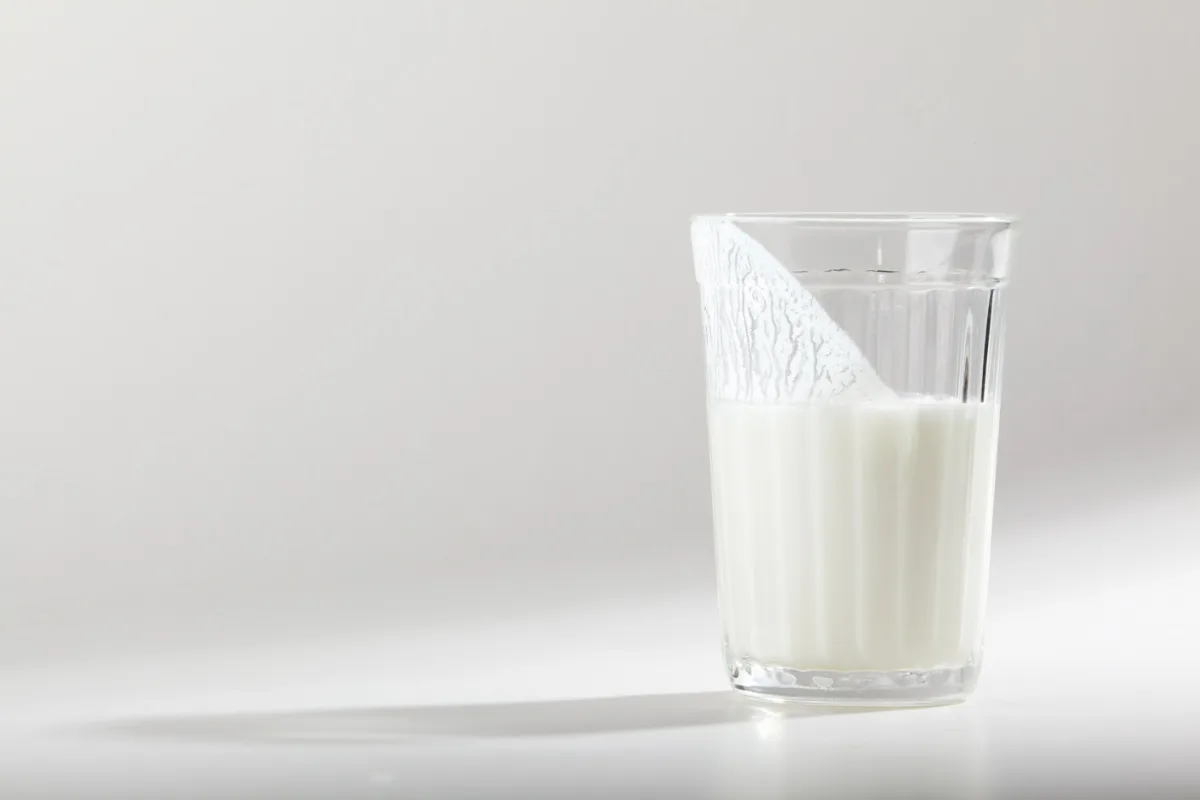
This dairy product, called zsiadłe mleko or sour milk in English, is made when fresh milk undergoes its natural fermentation process.
After souring, the milk is separated into a thick, curd-like layer and a liquid layer called whey. So you get ready-to-drink sour milk that you can serve on its own or with some dishes like potatoes.
If you’re interested in learning about Polish recipes, check out my blog post about unique Polish snacks.
If you don’t eat meat, I also have compilations of Polish vegetarian recipes and Polish vegan dishes that you might find interesting.
Podpiwek

Podpiwek is a non-alcoholic drink with a trace amount of alcohol (about 0.5%). It’s very popular in Poland and Lithuania.
The recipe calls for boiling water to be poured over malt flour, then yeast to be added, and then the mixture is sealed up to ferment.
It is usually made at home from roasted coffee beans, dried hops, yeast, water and sugar. You can also buy podpiwek that is already manufactured or a blend of dry herbs to make your own podpiwek.
Which Polish drink sounded like something you’d try? Share it in the comments!
For more European beverages, check out these amazing Croatian drinks and other related ideas on my blog!
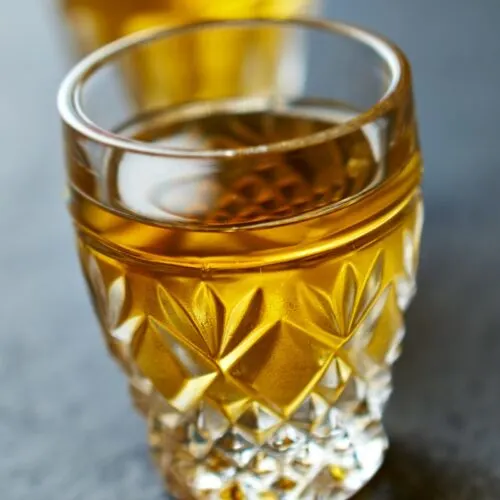
12 Best Polish Drinks: Alcoholic & Non-alcoholic
Ingredients
Polish Alcoholic Drinks
- Żubrówka
- Wisniówka
- Wściekły Pies
- Jabol
- Miód Pitny (Mead)
- Nalewka
- Piwo (Polish Beer)
Polish Non-alcoholic Drinks
- Kompot
- Kisiel
- Kwas Chlebowy
- Zsiadłe Mleko
- Podpiwek
